Technological Innovations in Axle Design
Technological innovations are reshaping the Heavy Axles Market, with advancements in materials and design leading to enhanced performance and efficiency. The introduction of lightweight materials, such as advanced composites and high-strength steel, is enabling manufacturers to produce axles that are both durable and efficient. Additionally, the integration of smart technologies, such as sensors and monitoring systems, is becoming increasingly prevalent. These innovations not only improve the operational efficiency of heavy vehicles but also contribute to reduced maintenance costs. As the industry continues to evolve, the Heavy Axles Market is likely to see a growing emphasis on these technological advancements, which could redefine performance benchmarks.
Growth of E-commerce and Logistics Sector
The rapid growth of the e-commerce and logistics sector is having a profound impact on the Heavy Axles Market. As online shopping continues to gain traction, the demand for efficient transportation solutions is escalating. This trend is leading to an increase in the number of heavy-duty vehicles required for last-mile delivery and freight transportation. In 2025, the logistics sector is expected to expand by approximately 6%, further driving the need for heavy axles. Consequently, manufacturers are likely to focus on producing axles that can withstand the rigors of frequent use and varying load conditions, thereby enhancing their market position within the Heavy Axles Market.
Increasing Demand for Heavy-Duty Vehicles
The Heavy Axles Market is experiencing a notable surge in demand for heavy-duty vehicles, driven by the expansion of construction, mining, and logistics sectors. As infrastructure projects proliferate, the need for robust vehicles capable of transporting heavy loads becomes paramount. In 2025, the demand for heavy-duty trucks is projected to grow by approximately 4.5% annually, indicating a strong market for heavy axles. This trend is further supported by the rising urbanization and industrialization, which necessitate the use of heavy vehicles. Consequently, manufacturers in the Heavy Axles Market are likely to focus on enhancing axle durability and load-bearing capacities to meet these evolving requirements.
Regulatory Compliance and Safety Standards
The Heavy Axles Market is significantly influenced by stringent regulatory compliance and safety standards imposed by various authorities. These regulations aim to ensure the safety and reliability of heavy vehicles, which in turn drives the demand for high-quality axles. In recent years, there has been an increase in regulations concerning emissions and vehicle safety, compelling manufacturers to innovate and improve their axle designs. The market is expected to witness a shift towards more advanced materials and technologies that comply with these regulations. As a result, companies in the Heavy Axles Market are likely to invest in research and development to create products that not only meet but exceed safety standards.
Focus on Sustainability and Environmental Impact
The Heavy Axles Market is increasingly aligning with sustainability initiatives as environmental concerns gain prominence. Manufacturers are under pressure to develop eco-friendly products that minimize environmental impact. This includes the use of recyclable materials and the development of axles that enhance fuel efficiency. The shift towards electric and hybrid vehicles is also influencing the design and production of heavy axles, as these vehicles require specialized components. As sustainability becomes a key driver in the automotive sector, the Heavy Axles Market is likely to see a rise in demand for innovative solutions that address both performance and environmental considerations.


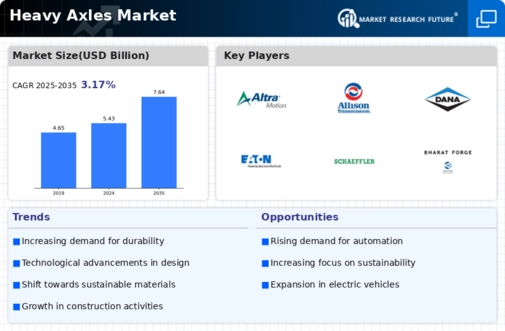
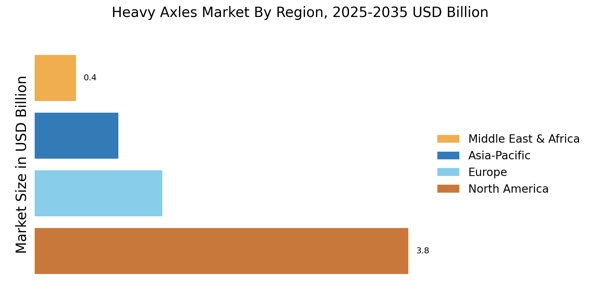

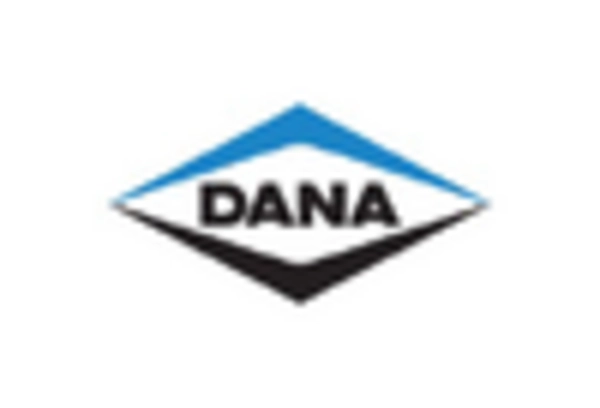
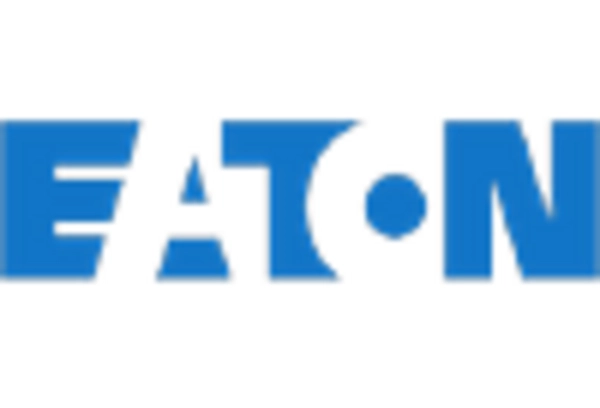
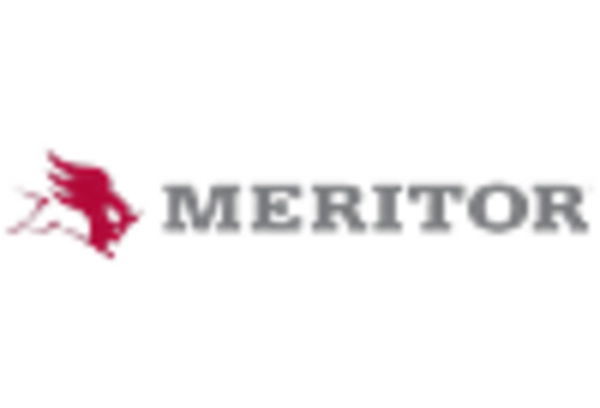
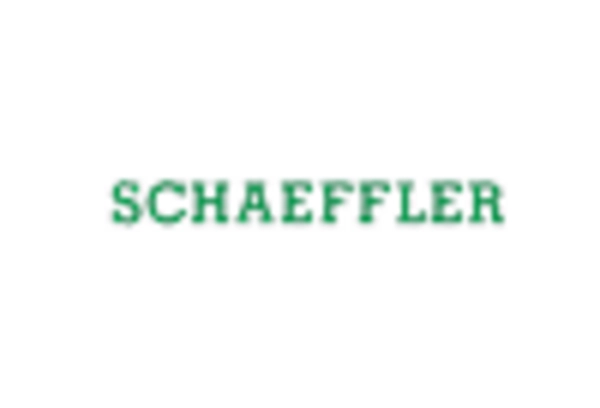
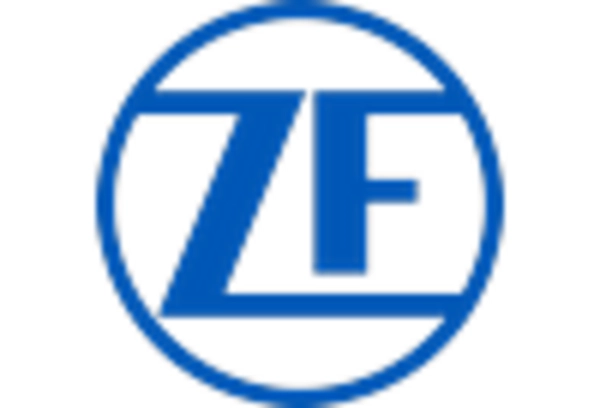








Leave a Comment